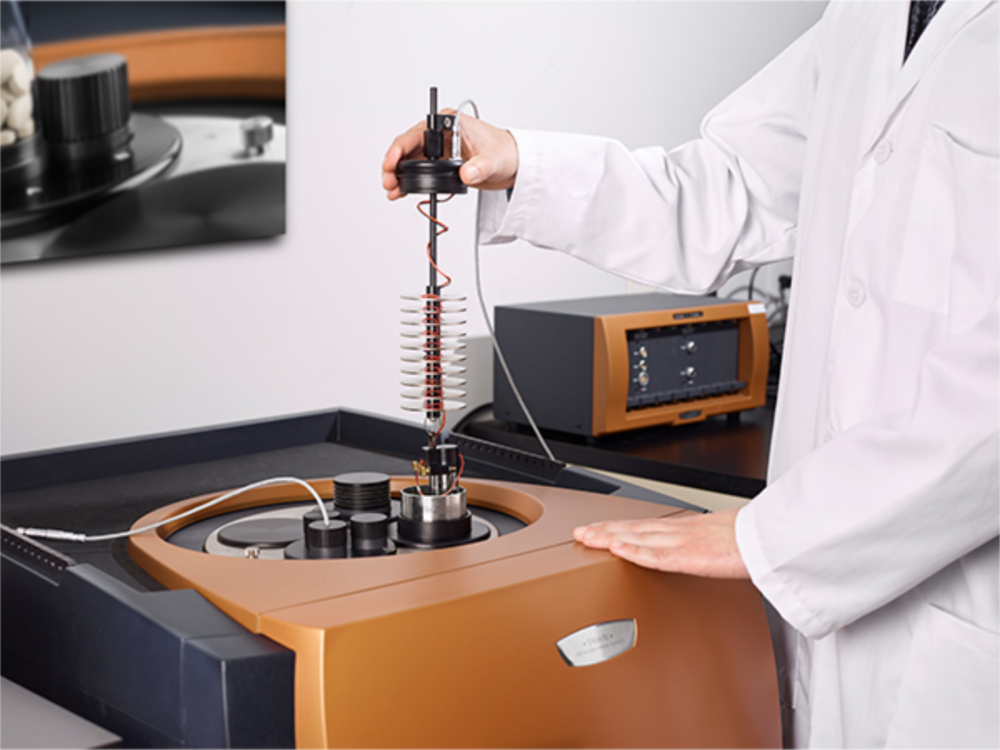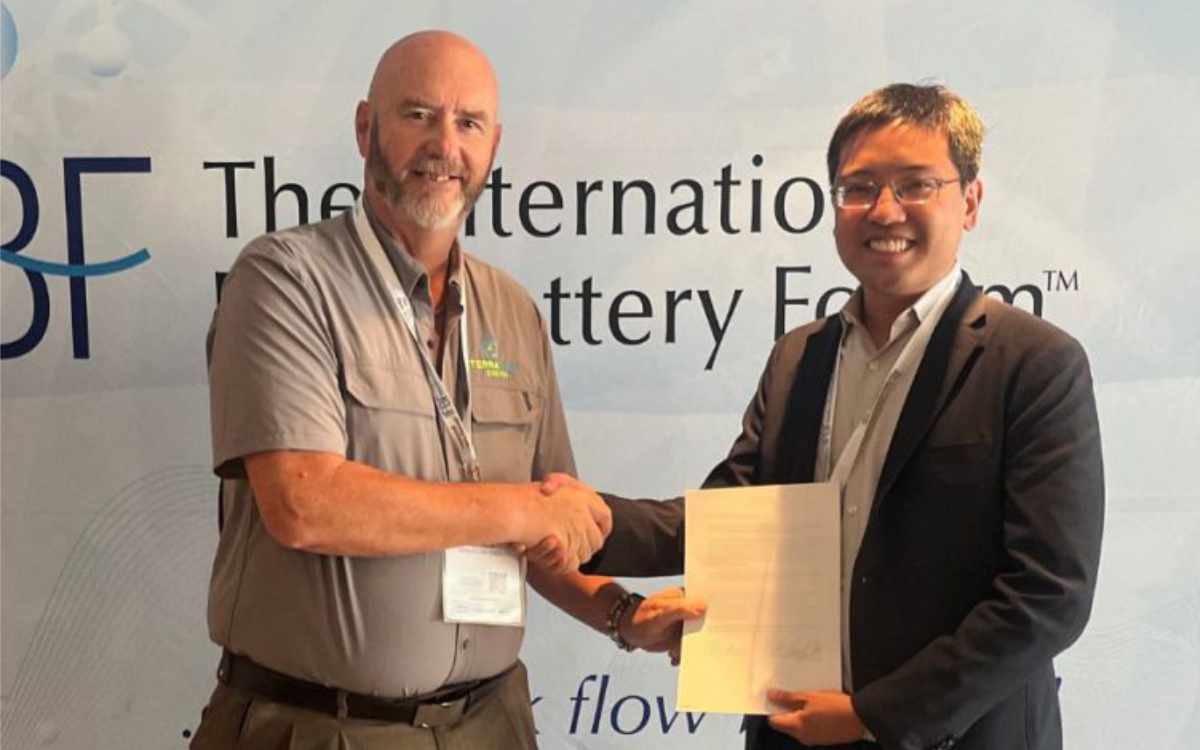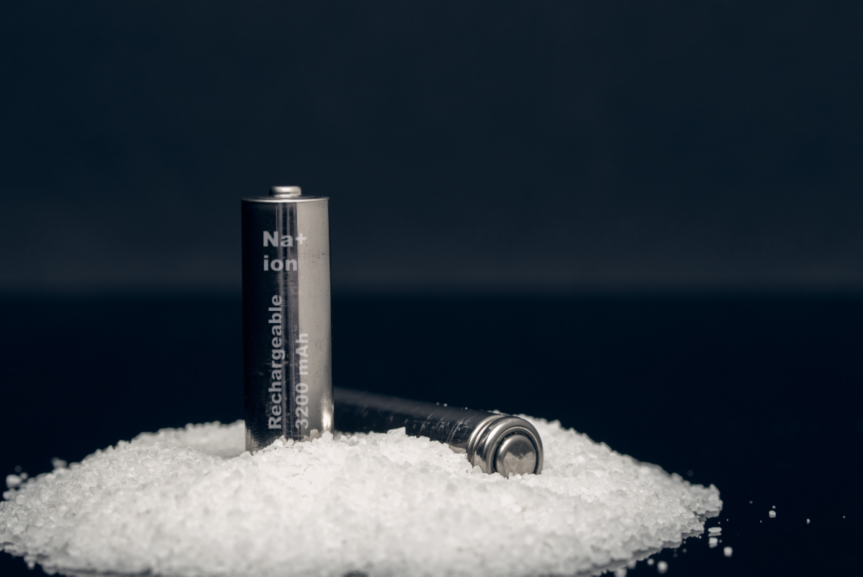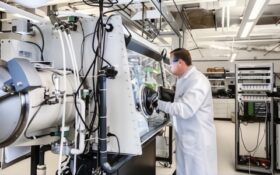Sponsored article
Lightweight laptops. Portable medical devices. Cross-country electric freight trucks.
In countless applications, manufacturers and consumers are expecting increasingly lightweight, long lasting, and powerful lithium-ion batteries. Battery developers must balance these new capabilities with guaranteed safety and cost efficiency, even while facing material scarcity.
In the race to develop powerful, compact batteries that can last for decades, researchers must reliably predict how new designs will behave during years of use. Cycling batteries to failure is an established method, but it can take months and thus severely delay the development of new battery chemistries. While battery stability, cycle life, and efficiency were previously hard to quantify, emerging diagnostic techniques are adopting new analysis methods from other areas of research to predict battery behavior and lifetime.
One principal diagnostic technique is measuring the parasitic reactions occurring in a battery. A parasitic reaction is a blanket term for any side-reactions, chemical or electrochemical, that occur within a battery. This can include breakdown of the solvent, lithium plating, growth of the SEI (solid electrolyte interphase), breakdown of the SEI, and self-discharge. Parasitic reactions can significantly impact the performance and longevity of lithium-ion batteries. Reducing these side reactions is directly correlated with greatly improved calendar life and cycle life.
Measuring parasitic reactions requires combining high resolution isothermal microcalorimetry (IMC) with traditional electrochemical techniques. IMC is an established thermal analysis method that measures samples’ behavior under controlled temperature conditions. All chemical, physical, and biological processes are associated with a heat production or heat consumption. Isothermal microcalorimeters such as the TAM enable the quantitative thermodynamic and kinetic observation of any process.
Microcalorimetry has long been a staple of biologic, pharmaceutical, and chemistry testing. In 2012, Jeff Dahn from Dalhousie University and L. J. Krause and L. D. Jensen from 3M published a method to measure the parasitic reactions in lithium-ion cells using a TA Instruments TAM microcalorimeter. Their work marked the beginning of numerous battery research publications using the TAM to quantify parasitic reactions.
To support growing battery research using microcalorimetry, TA Instruments and BioLogic partnered to specifically develop the new Battery Cycler Microcalorimeter Solution for measuring the thermodynamic and electrochemical details of battery cells in real time. The solution seamlessly combines the software and hardware of the TAM IV Microcalorimeter with the BioLogic VSP-300 Potentiostat, a research grade electrochemical analysis tool to probe the highly dynamic process in batteries.
The Battery Cycler Microcalorimeter Solution builds upon existing applications of battery microcalorimetry with enhanced functionality and ease-of-use. The solution offers a fully integrated, non-destructive, in operando solution for battery researchers. The seamless system control of the TAM IV and BioLogic VSP-300 Potentiostat correlates both data sets and automated analysis through one user-friendly software interface. Plus, the solution’s pre-wired battery lifters offer greater data quality while eliminating the extra steps of customizing instruments.
With unmatched sensitivity and stability, the Battery Cycler Microcalorimeter offers labs the significant advantage of superior productivity and reproducibility, making it an essential upgrade for battery research, development, and quality control.












